The recent disruptions in global supply chains have once again highlighted the vulnerability of interconnected economies. The invasion of Ukraine by Russia triggered a substantial commodity shock, severely impacting wheat supplies and prompting several nations to restrict food exports. Concurrently, sanctions imposed by the West have significantly hindered Russia’s access to crucial parts and technologies, intensifying the strain on global integration.
These challenges compound the existing strains on globalization, stemming from factors such as the 2007-2009 financial crisis, Brexit, shifts in political leadership as seen in the era of Donald Trump, and the ongoing impacts of the pandemic. Over the past decade, measures of global integration, including world trade relative to global GDP, have experienced a decline, accompanied by a rise in tariffs and trade barriers. Moreover, immigration has decreased, partly due to tightened border controls.
The current conflict in Ukraine could accelerate a significant transformation in global trade dynamics by creating a dichotomy between large autocratic regimes and liberal democracies. While historical confrontations during the Cold War also underscored this divide, the present scenario witnesses larger, wealthier, and technologically advanced autocracies. These nations now hold considerable stakes in global output, trade, and innovation, serving as crucial links in numerous supply chains. Any attempts to drift apart could usher in unforeseen consequences and economic costs for the global economy.
Following World War II, democracies predominantly shaped the economic landscape. By 1960, major democratic nations like America, Britain, Canada, France, Italy, and Japan collectively accounted for approximately 40% of global exports. In contrast, autocracies held negligible economic significance on the world stage. The Soviet Union represented a mere 4% of global trade, while China’s presence in statistics was minimal. Economically, the West substantially overshadowed these nations, despite the fierce ideological battle and geopolitical tensions.
During this period, economic exchanges between the West and communist countries were limited. Trade between the USSR and America was so restricted that a substantial shipment could double the total trade volume in a month. Notable exceptions included sporadic instances of trade such as Russian gas exports to Europe or specific deals like the vodka-for-Pepsi exchange in the mid-1970s. The IMF noted minimal foreign direct investment in the USSR just before its dissolution.
The shift towards economic openness among autocratic regimes commenced in the late 1970s, notably triggered by ideological shifts, particularly evident in China. Deng Xiaoping, the architect of China’s economic reforms in the 1980s, prioritized modernization and development over traditional class struggles, signaling a departure from prior communist ideologies. The dissolution of the Soviet Union in 1991 further bolstered this trajectory toward globalization.
Western nations generally welcomed and promoted economic liberalization, anticipating positive outcomes, including economic prosperity and the spread of democratic values. The ensuing globalization in the 1990s witnessed a surge in trade and foreign direct investment. For instance, China’s integration into the global market was highlighted by the opening of international franchises like McDonald’s and KFC, along with the redirection of Russian oil exports to Western markets. Notably, this period saw a significant reduction in global poverty and witnessed radical transformations in formerly closed economies, exemplified by Estonia’s remarkable economic strides.
However, the anticipated political liberalization accompanying globalization has faced setbacks. While the number of liberal democracies increased from 1970 to 2010, subsequent years witnessed a retrenchment of democracy. Presently, a considerable population residing in closed autocracies, primarily in China, experiences limited political rights. Moreover, the economic power of autocracies, encompassing closed and electoral autocracies, has more than doubled since the end of the Cold War, indicating a substantial rise in their global economic significance.
China notably stands as the foremost non-democracy, commanding a substantial GDP compared to the US, while other nations like Turkey, the United Arab Emirates, and Vietnam have also witnessed substantial economic growth. Autocracies now pose a formidable challenge to democracies in terms of investment and innovation. Despite China’s dominance in patenting, autocracies collectively exhibit amplified economic prowess, even after excluding China from calculations.
The integration between autocracies and democracies today is unprecedented compared to the Cold War era. Nations like Vietnam, long governed by a single party, have become integral to global manufacturing supply chains. Additionally, despite political differences, democracies heavily rely on autocracies for various goods and resources, underscoring the interdependence in global markets.
This level of interdependence is at risk as geopolitical tensions drive a shift in global strategies. Countries, both democracies and autocracies, are increasingly prioritizing regional trade deals, manifesting in burgeoning agreements among Asian nations and Africa’s adoption of intra-continental free trade agreements. Simultaneously, democracies are forging closer ties, as seen in agreements between the US and Japan to collaborate on technological advancements.
Conversely, autocracies are consolidating their alliances, evidenced by increased long-term investments among themselves, with China remaining a focal point. Larger nations are also embracing inward-looking strategies, as evident in President Biden’s emphasis on supply-chain resilience and China’s pursuit of a “dual circulation” strategy, aiming for reduced reliance on global suppliers.
However, these shifts come with potential costs and risks. History demonstrates that withdrawing from global trade networks can incur significant economic losses. Russia’s recent attempts at self-reliance, coupled with Western sanctions, highlight the inherent challenges and risks associated with isolationism. Should nations draw the wrong lessons from such events, the world may witness further fragmentation and economic stagnation.
The evolving dynamics between autocratic ascendancy and the changing global economic landscape indicate a critical juncture that demands astute policy decisions to navigate the complexities and safeguard global prosperity.
Catch the latest in supply chain news on The Supply Chain Report. Visit ADAMftd.com for free international trade tools.
#GlobalSupplyChains #UkraineCrisis #CommodityShock #FoodExportRestrictions #Sanctions #RussiaTechBlock #GlobalizationStrains #FinancialCrisis #Brexit #PoliticalLeadership #PandemicImpact #TradeBarriers #ImmigrationDecline #AutocraticRegimes #LiberalDemocracies #ColdWarDivide #GlobalTradeDynamics #EconomicTransformation #AutocraciesVsDemocracies #ChinaRise #RussiaShift #EconomicLiberalization #GlobalIntegration #AutocracyGrowth #ManufacturingSupplyChains #RegionalTradeAgreements #SupplyChainResilience #SelfRelianceRisks #GlobalFragmentation #PolicyDecisions #EconomicProsperity

















